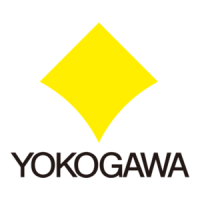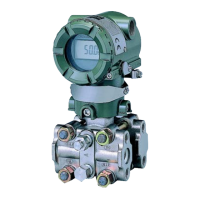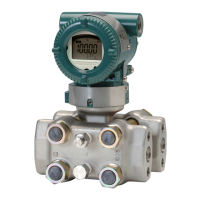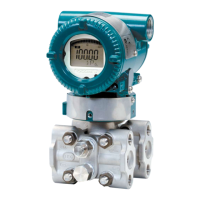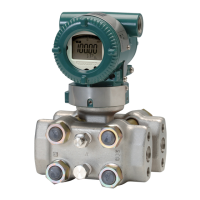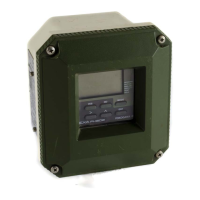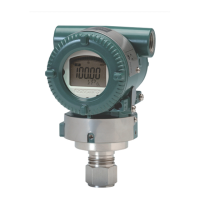Do you have a question about the YOKOGAWA Dpharp vigilantplant EJA110A and is the answer not in the manual?
Essential safety instructions for operating the transmitter and protecting personnel and equipment.
Guidelines for choosing an installation site to ensure stable and accurate transmitter operation.
Critical safety warnings and precautions for connecting the pressure transmitter.
Specific requirements and differences for installing explosion-protected transmitters.
Details FM approval standards and parameters for intrinsically safe and explosionproof types.
Information on CSA certification standards, parameters for intrinsically safe and explosionproof types.
IECEx certification details for intrinsically safe, type n, and flameproof protection.
CENELEC ATEX (KEMA) certification for intrinsically safe, flameproof, and type n protection.
Important cautionary notes to consider before installing the transmitter.
Essential safety and operational precautions for wiring the transmitter.
Procedures for adjusting the transmitter's zero point using the BT200 or adjustment screw.
Comprehensive guide to setting various transmitter parameters via the BT200.
Table summarizing parameters, their descriptions, and applicability to different transmitter models.
Explains the usage and selection criteria for various transmitter parameters.
Detailed step-by-step instructions for setting specific parameters like Tag No., Range, and Damping.
Procedures for checking transmitter problems, connections, settings, and error history.
Flow charts and guidance for isolating and resolving transmitter problems.
| Model | EJA110A |
|---|---|
| Category | Differential Pressure Transmitter |
| Protection Rating | IP67, NEMA4X |
| General Use | Industrial process measurement and control |
| Output Signal | 4 to 20 mA DC |
| Power Supply | 10.5 to 42 V DC |
| Temperature Range | -40 to 85 °C (-40 to 185°F) |
| Process Temperature Limits | -40 to 120 °C {-40 to 248 °F} |
| Process Connection | 1/2 NPT, 1/4 NPT |
| Electrical Connection | 1/2 NPT |
| Housing Material | Aluminum |
| Material | Stainless steel |
| Stability | ±0.1% of URL per 10 years |
